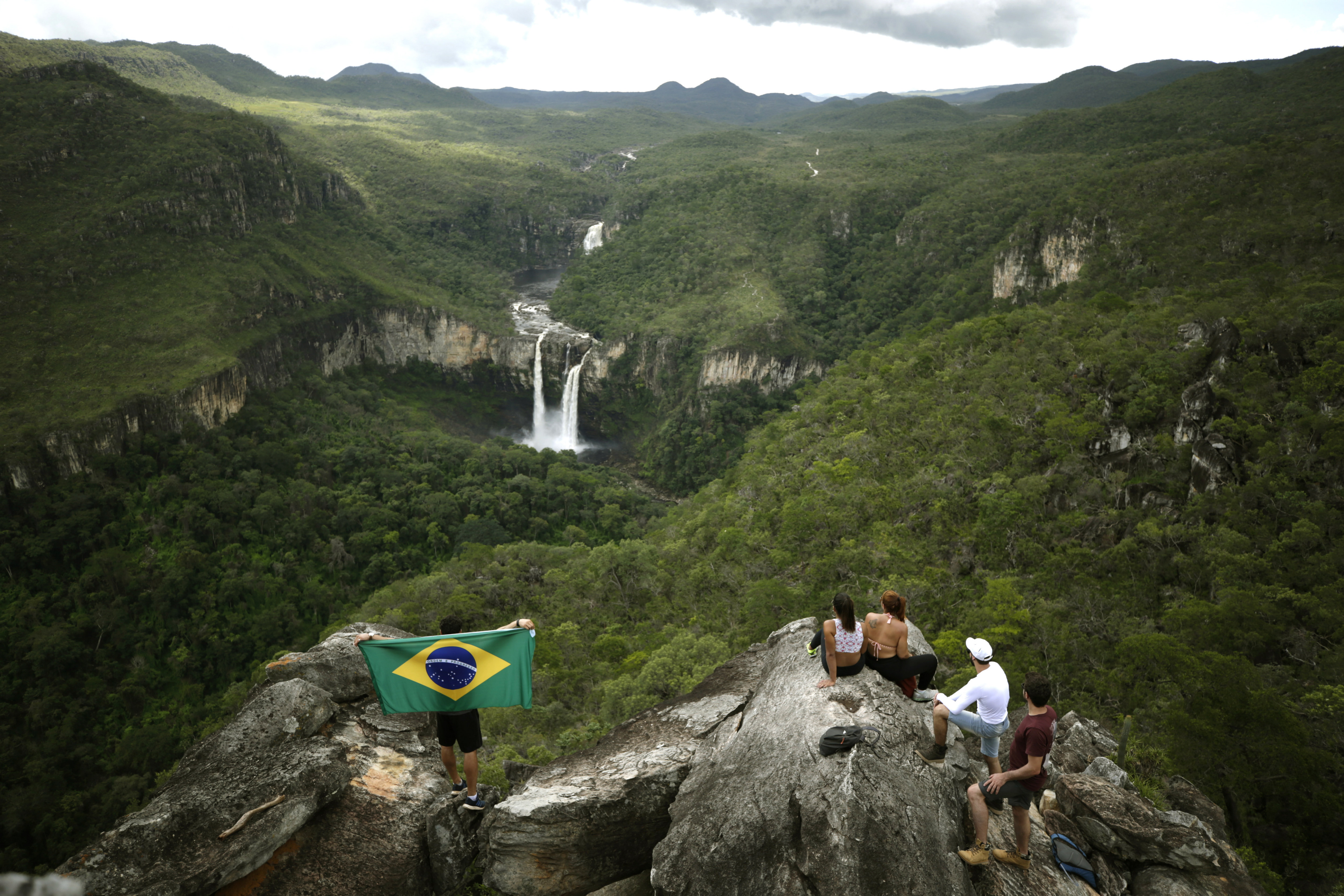
Seeds fight deforestation in Brazil national park
Declared a Natural Heritage Site in 2001, Chapada dos Veadeiros National Park is considered one of the most important conservation areas in Latin America with…
Consumed by the flames of a recent wildfire, Brazil's Chapada dos Veadeiros National Park has also suffered from endlessly spreading agriculture and real estate development, though now an attempt is being made to end the deforestation through the collection of seeds.
Considered a refuge of the Brazilian savannah, the reserve in the central-western state of Goias had 26 percent of its territory destroyed by the flames of the largest blaze in its history in October 2017, and its rebirth is now sought among the ashes.
Declared a Natural Heritage Site in 2001, the park is considered one of the most important conservation areas in Latin America with some 12,000 different species, according to the Chico Mendes Institute of Biodiversity Conservation (ICMBio).
Nonetheless, the park has gradually shrunk in past years from 625,000 hectares (1.5 million acres) in 1961 to 65,000 hectares in 2016.
Following that drastic decrease and under pressure from conservationists, the government signed a decree last year that expanded the park to 240,000 hectares.
RELATED CONTENT
In the fight for its preservation, the ICMBio and the Seed Collectors Association launched a program in 2009 to rescue the region through small-scale reforestation.
The project recovers parcels of the savannah damaged by human activities, so families can now earn a living by replacing agriculture with the collection and planting of seeds in areas that need to be recovered.
"Farmers who saw the forest as an obstacle began to see it as a sustainable source of income, now that families have given up clear-cutting trees to plant crops and have become seed collectors," Claudomiro Cortes, president of the Seed Collectors Association, told EFE.
Up to now, the experimental project has restored 105 hectares of biome, the equivalent of 105 soccer stadiums.
"They're imitating natural regrowth, which has had an impact on the flora and fauna of the region. After a part of the area has been recovered, plant and animal species make a spontaneous comeback there," Cortes said.
According to ICMBio Director Fernando Tatagiba, close to 50 percent of the savannah has been lost, but through ecological restoration and the expansion of the park area, there are "great expectations" for the ecosystem's preservation.










LEAVE A COMMENT:
Join the discussion! Leave a comment.